#ca. 1820
Explore tagged Tumblr posts
Text
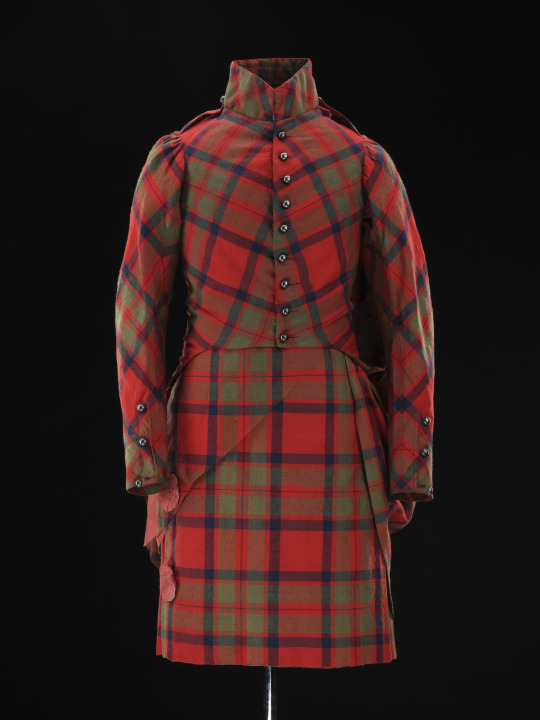

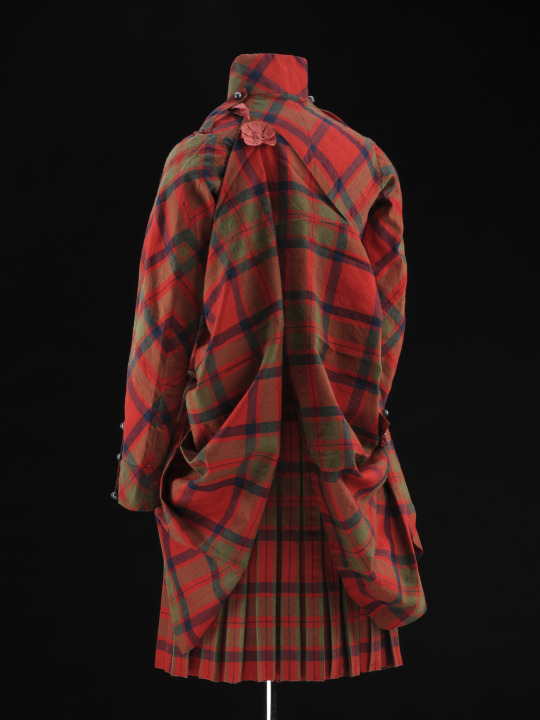
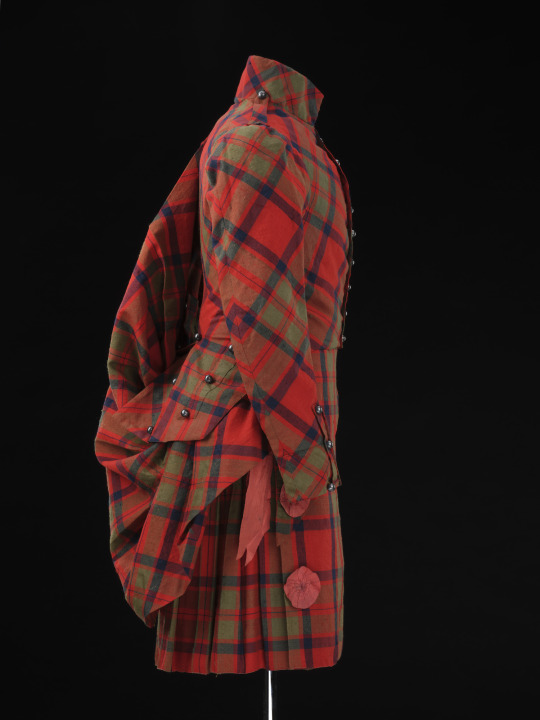
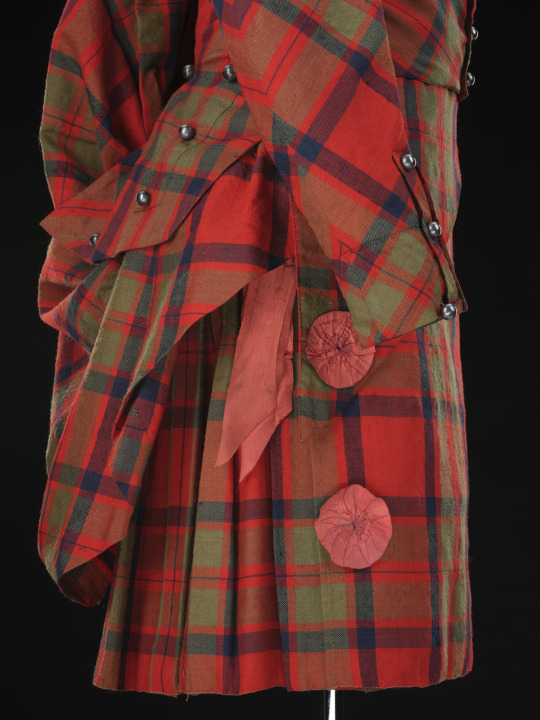
• Hard tartan kilt decorated with silk rosettes and matching pink silk ribbon ties, part of a man's kilt suit.
Place of origin: Great Britain, United Kingdom, Northern Europe
Date: ca. 1820
Medium: Tartan, silk, cotton
#fashion history#history of fashion#fashion#19th century fashion#19th century#men's fashion#menswear#traditional#traditional wear#kilt#great britain#tartan#ca. 1820
524 notes
·
View notes
Text

49 notes
·
View notes
Text
Joseph Paelinck (Southern Netherlander, 1781-1839)
The Fair Anthia Leading her Companions to the Temple of Diana in Ephesus, Detail, ca.1820
Museum of Fine Arts, Ghent

#Joseph Paelinck (Southern Netherlander#1781-1839)The Fair Anthia Leading her Companions to the Temple of Diana in Ephesus#Detail#ca.1820
0 notes
Photo

Riding Ensemble • ca. 1820 • Silk • American • Philadelphia Museum of Art (1936-12-3a,b--e) .
#regency#coats#menswear inspired fashion#historical fashion#frogging#buttons#sleeves#vintage athletics#1820s#era: 1800s
736 notes
·
View notes
Text

Robert Léopold Leprince - Study of Trees (ca. 1820)
327 notes
·
View notes
Text


submitted by @edwardian-girl-next-door 💛🩷
#oh these are lovely!#also a good reminder that i haven't posted anything from the very early 1800s in a while#better get back on that lol#historical fashion poll submission#historical fashion polls#fashion poll#historical dress#historical fashion#dress history#fashion history#fashion plate#19th century#19th century fashion#19th century dress#early 19th century#1820s fashion#1820s#skirt
199 notes
·
View notes
Text

Cupid Wounded by a Bee in the Finger
Artist: Benjamin West (American, 1738 - 1820)
Date: ca. 1796
Medium: Oil on canvas
Collection: The Nelson-Atkins Museum of Art, Kansas City, Missouri, United States
#mythological art#oil on canvas#painting#mythological scene#cupid#red scarf#quiver of arrows#18th century costume#woman#roses#comfort#artwork#fine art#oil painting#american culture#american art#benjamin west#american painter#18th century painting#the nelson atkins museum of art
132 notes
·
View notes
Text
'bad ending' solas and rook (pt.i)











an oresteia tr. by anne carson / hriscia / more and more by margaret atwood / detail from 'dante and virgil in hell' (1850) by william-adolphe bouguereau / 'ten of swords' by david palumbo / we will not be lovers by the waterboys / 'chains' (2024) by konstantin korobov / hey by the pixies / detail from 'dante and virgil in hell' (1850) / 'bradamante at merlin's tomb' (ca. 1820) by alexandre-evariste fragonard / the truth about grief by fortesa latifi
(pt.ii) (pt.iii)
#*giggling* the vibes would be so bleak on their way into the black city#solrook#solas x rook#solas#dragon age spoilers#dragon age veilguard spoilers#dragon age#web weaving#'bad ending' core
227 notes
·
View notes
Text

James Peale (American,1749-1831)
Still Life: Balsam Apple and Vegetables, ca. 1820-1829
Oil on canvas
139 notes
·
View notes
Text

Title: Japanese White-eyes with Plum Tree and Willow, from the album Spring Rain Surimono Album (Harusame surimono-jō), vol. 3 Artist: Kubo Shunman (Japanese, 1757-1820) Date: ca. 1810 (Edo period) Genre: animal study; birds-and-flowers Medium: polychrome woodblock print (surimono) mounted on an album leaf (ink and color on paper) Dimensions: 21 cm (8.3 in) high x 18.6 cm (7.3 in) wide Location: Metropolitan Museum of Art, NYC
#art#art history#Kubo Shunman#Asian art#Japan#Japanese art#East Asia#East Asian art#woodblock print#surimono#animals in art#japanese white eye#birds and flowers#Edo period#19th century art#Metropolitan Museum of Art
117 notes
·
View notes
Text

Joseph Paelinck (Southern Netherlander, 1781-1839) The Fair Anthia Leading her Companions to the Temple of Diana in Ephesus, Detail, ca.1820 Museum of Fine Arts, Ghent
#Joseph Paelinck#southern netherlander#belgian#belgium#belgian art#the fair anthia#the fair anthia leading her companions to the temple of diana in ephesus#1800s#art#fine art#european art#classical art#europe#european#fine arts#oil painting#europa#mediterranean#1700s#painting#neoclassical art#neoclassical#neoclassicism
68 notes
·
View notes
Text
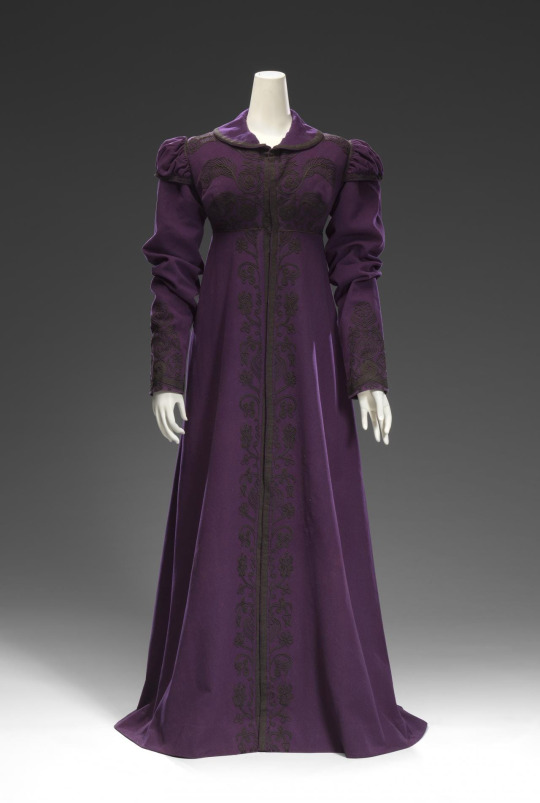
Wool and cotton pelisse, ca. 1810-1820
#1810s fashion#1820s fashion#early 19th century#pelisse#coat#purple#black#empire fashion#regency fashion#historical fashion#paleta post
326 notes
·
View notes
Text

Mystical Bird (Karyōbinga), by Katsushika Hokusai Japanese, 1820–33. MET (ID: JP1868). This surimono New Year's card depicts a mystical Buddhist bird (karyōbinga in Japanese; kalavinca in Sanskrit) characterized by a bird's body and a human head. It is said that one can never tire of listening to the creature's heavenly music. The New Year's poems were inscribed by Nikyō and Kokusui.
Hokusai's signature reads Hokusai aratame Iitsu ("Hokusai changed to Iitsu"). The work is from the artist's very productive Iitsu period (ca. 1820–33). (MET)
47 notes
·
View notes
Text

Love-a-la-Mode, or Two Dear Friends
Lady Strachan and Lady Warwick Making Love in a Park, While Their Husbands Look on with Disapproval. Coloured Etching, ca. 1820. via JSTOR
Text says:
"Little does he imagine that he has a female rival"
"What is to be done to put a stop to this disgraceful business?"
"Take her from Warwick"
167 notes
·
View notes
Photo

Kitagawa Utamaro: Travels Looking at Mt. Fuji, ca. 1805-1820
204 notes
·
View notes
Text

Eugène Delacroix - Study of an Indian Man from Calcutta (ca. 1820)
163 notes
·
View notes